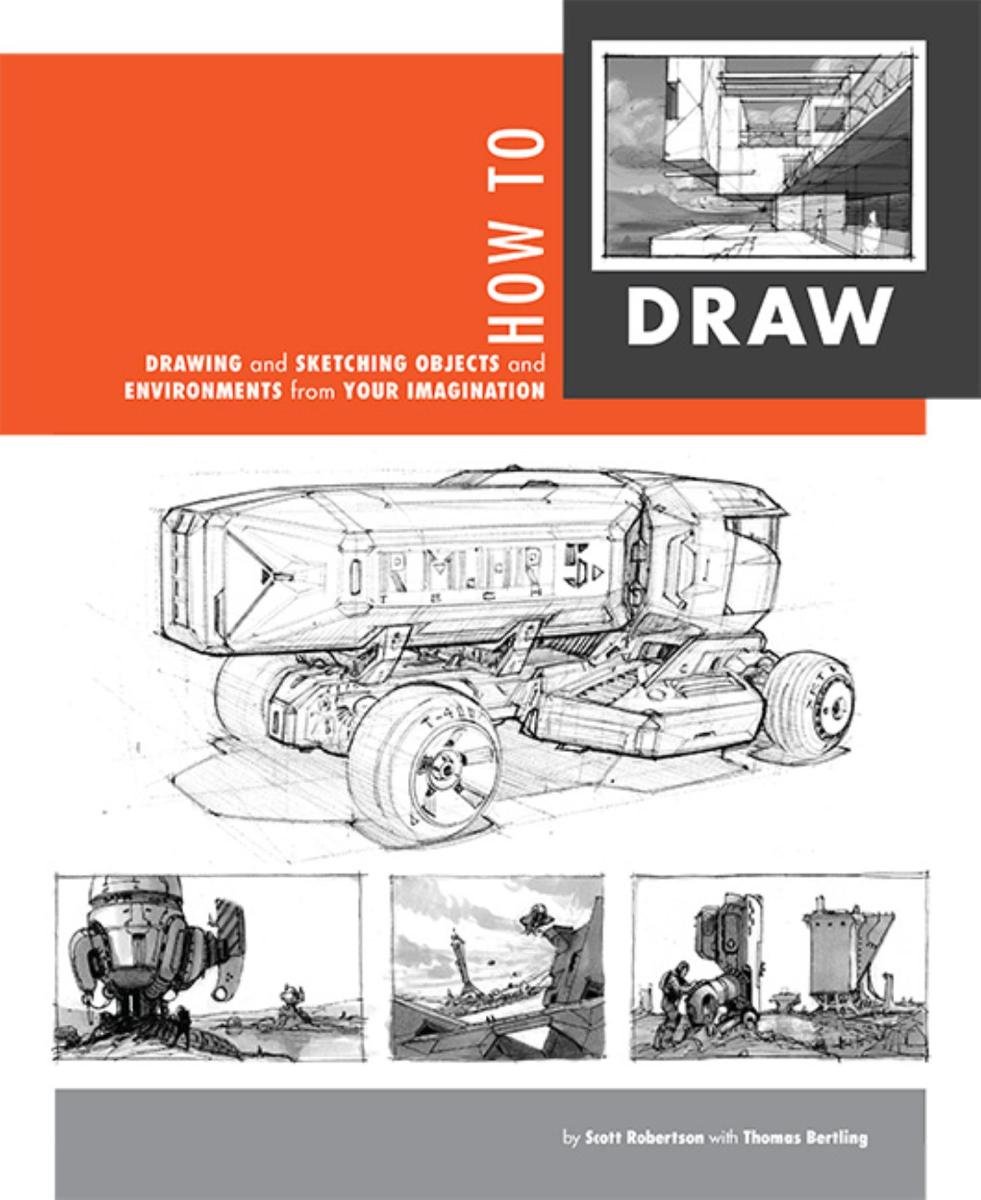250 Box Challenge
7:29 AM, Saturday March 27th 2021
Man this was grueling. However, I definitely noticed a huge improvement in not just the quality of the boxes, but my intuitive understanding of perspective. Especially near the end, I found I was able to more accurately estimate where each set of parallel lines should converge without having to plot back towards a vanishing point. I still need a lot more practice, but I think I have made significant strides over the past 2 weeks.
At around box 160, I came up with a new method to draw the box that helped with consistency. I started with the Y, then I would add in 2 corners, making sure they converged with eachother properly. Then I would put in the back corner and then the final corner. This would result in 2 Ys corresponding to the original front corner and the back corner. Finally, I would connect the end points of the Ys in either clockwise or anticlockwise ordering. I also felt that this helped me better understand how the box existed in 3-D space than the suggested method.























